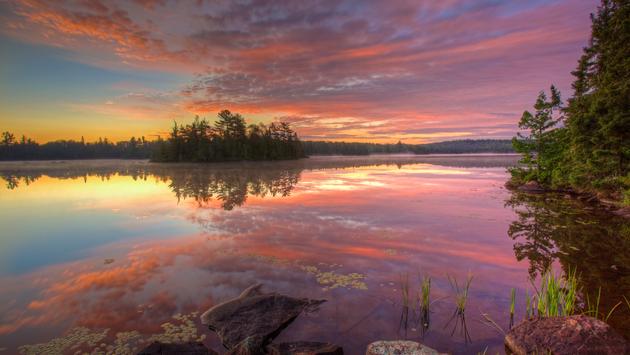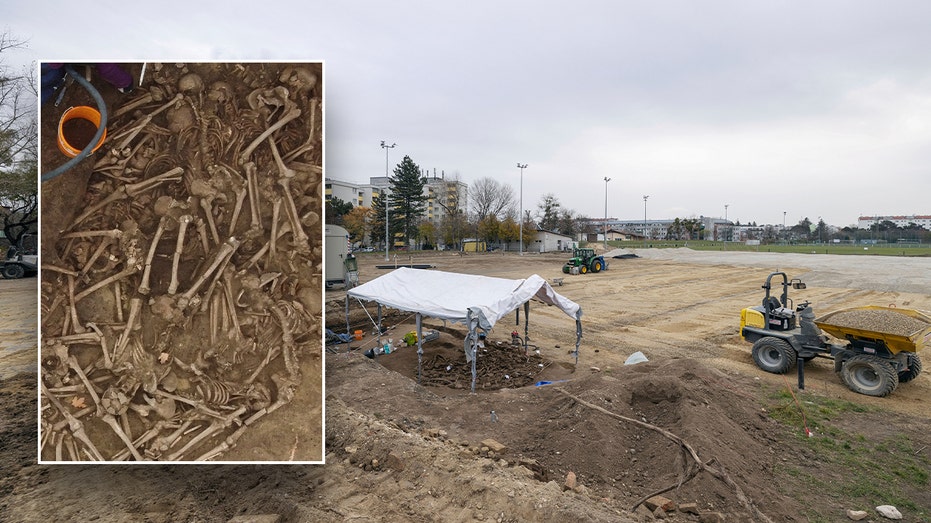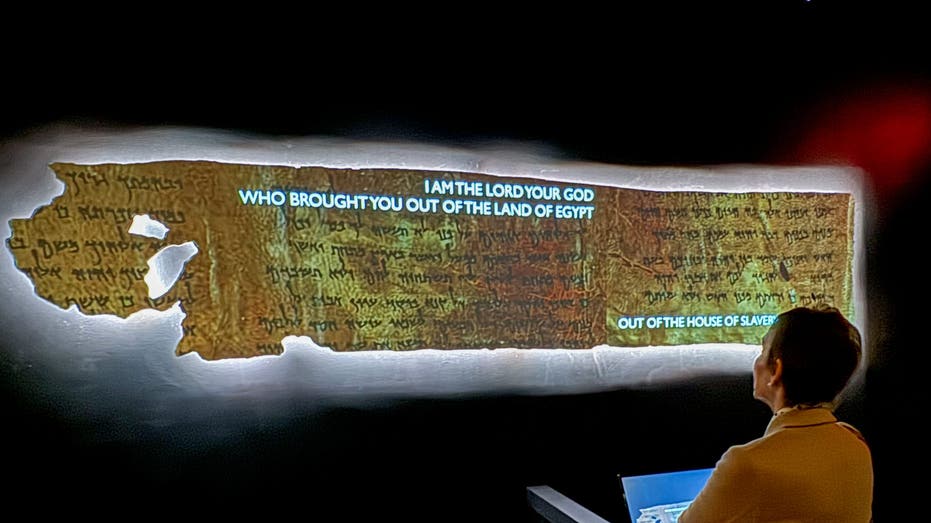- by foxnews
- 08 Apr 2025
Sustainable Minnesota: A Land of Natural Wonder
Minnesota is a burgeoning sustainable destination; learn about its important natural wonders and eco-friendly travel options.
- by travelpulse
- 05 Aug 2022
- in travel

Minnesota might be known as the land of 10,000 lakes, but it's so much more than that, and its sustainability offerings have been growing to include eco-friendly accommodations and restaurants that take advantage of the state's gorgeous and varied natural landscape and wealth of resources.
From the Northern Lights in its Dark Sky Parks to its unique cave and karst structures and its incredible opportunities for freshwater activities, Minnesota should be considered a sustainable domestic tourism destination.
So why should you consider traveling to Minnesota as a sustainably minded traveler? Good question!
Perhaps the biggest draw for any nature lover would be Minnesota's sheer wealth of stunning natural scenery, natural landmarks and the plethora of outdoor activities to enjoy throughout the year.
One such draw that's receiving much more attention this year during the International Year of Caves and Karst is the state's cave and karst attractions.
Dawn Ryan, Park Ranger and Manager of Mystery Cave in Forestville/Mystery Cave State Park explains why nature-loving travelers should consider experiencing the state's caves and karst. Karst is defined as a landscape made of porous and soluble rock, such as sandstone or limestone.
"The glaciers of the last ice age didn't bulldoze Southeast Minnesota-this region was spared, and thus spared it the drift-the silt, the boulders, and all the debris that the glaciers pushed down this way. This is why this region is called the Driftless Area. And because this area wasn't bulldozed by glaciers, there are over 400 caves in Southeast Minnesota. Mystery Cave is the only cave protected as a Minnesota State Park and happens to be the longest cave in the state with a little over 13 miles of surveyed passage."
These cave systems are also important cold water reservoirs, without which fish like the trout wouldn't be able to survive in the region. There are also troglobites, or cave-dwelling creatures, that are endemic to these systems.
The Driftless Area Karst (DARK) Trail is an important new effort to raise awareness and help people experience the area known as the Driftless Area, which extends throughout Illinois, Minnesota, Wisconsin and Iowa.
In Minnesota, the DARK Trail includes the Fillmore County Discovery Area, which focuses on many of the region's most interesting geological features.
"It includes tours of Mystery Cave and Niagara Cave, Cherry Grove Blind Valley Scientific and Natural Area, sinkholes with exhibits on the Root River State Trail in Fountain, which is a really nice bike trail, and Harmony, and then a stop at the Lanesboro Fish Hatchery," said Ryan. "Mystery Cave and Lanesboro Fish Hatchery both have accessible trails. We have stops in different discovery areas for people with different abilities and interests. Many of these areas are linked using scenic byways such as the Historic Bluff Country and Great River Road."
Other natural wonders include the state's Dark Sky Parks, from where travelers can view the Northern Lights year-round. The Boundary Waters Canoe Area Wilderness offers over 200,000 acres of Dark Sky Sanctuary and a stunning 1,100 lakes. The farther north you get, like Voyageurs National Park, another Dark Sky Park, the better it is to view the stunning aurora borealis.
Last but certainly not least are Minnesota's beautiful lakes and waterways. There are thousands of lakes across the state and over 4,400 miles of designated waterways, with activities like ice fishing, leaf peeping, canoeing and more available across the seasons. The Interstate State Park offers beautiful vantage points from which to enjoy spotting migratory birds and maybe even a black bear, while the Mississippi National River Recreation Area is easily accessible for travelers in the Twin Cities to enjoy.
Perhaps you're thinking: that's wonderful, but what about sustainable accommodations?
Minnesota has begun tailoring its accommodations both in cities and in the country towards sustainability, from the Radisson Blu Mall of America, which is the first LEED-certified hotel in the region and which houses over 40,000 honeybees on its roof, providing a safe haven for the endangered species, to Solglimt Bed & Breakfast in Duluth, Minnesota, which utilizes renewable solar energy, sources local ingredients and uses non-toxic cleaning supplies.
There's also no shortage of great camping or glamping options in Minnesota, like the new eco-friendly camper cabins at the Lake Vermilion-Soudan Underground Mine State Park. Other unique accommodation options range from tugboats to teepees, treehouses and more.
Minnesota's foodie experiences make full use of the state's natural abundance, like pizza farms that offer a truly farm-to-table dining experience, or the restaurants located near lakes that catch and serve fresh fish daily, like Angry Trout Cafe near Lake Superior.
The state's breweries are also following suit. Vikre Distillery uses local ingredients to produce its vodka and whiskeys, while Summit Brewing Co. actively uses brewing and production methods that reduce water and energy consumption, as well as waste.
That's great to hear! There are quite a few ways to get there beyond air travel. The state is installing more electric vehicle charging stations across the state, while those who don't want to drive or fly can enjoy reducing their carbon footprint and watching the state's scenery by taking Amtrak's Empire Builder train.
Even better for the environment (and your health) is biking! Minnesota's Mississippi River Trail is a 620-mile trail up and down the state, while the North Star Route takes travelers from two of the most bikeable cities in the country, the Twin Cities, to the state's northeasternmost point.
For more information on traveling sustainably in Minnesota, check out the state's sustainability guide.
- by foxnews
- descember 09, 2016
Ancient settlement reveals remains of 1,800-year-old dog, baffling experts: 'Preserved quite well'
Archaeologists have recently unearthed the remarkably well-preserved remains of a dog from ancient Rome, shedding light on the widespread practice of ritual sacrifice in antiquity.
read more




